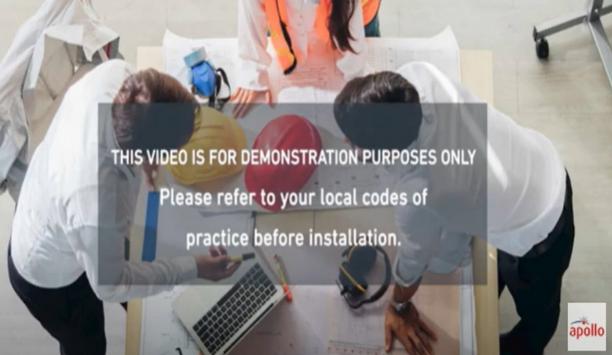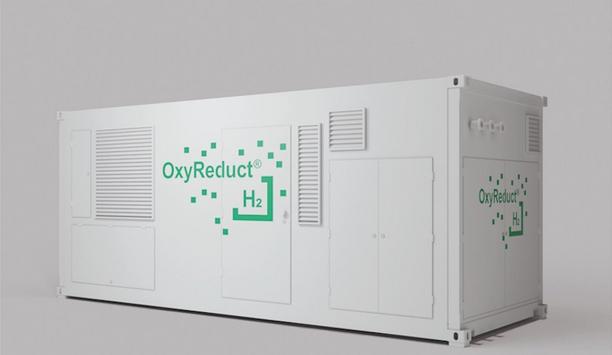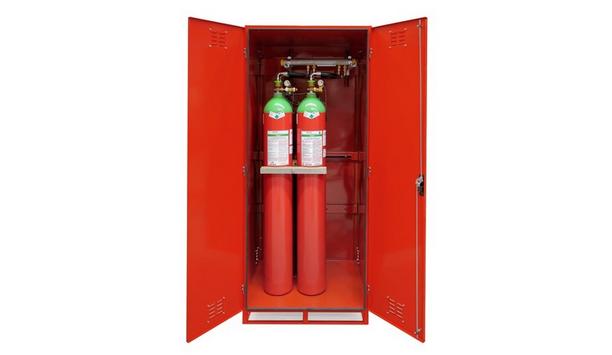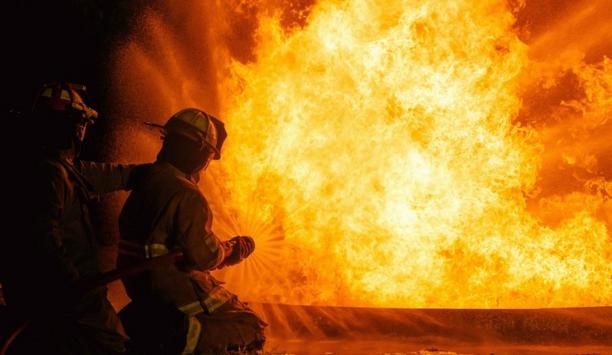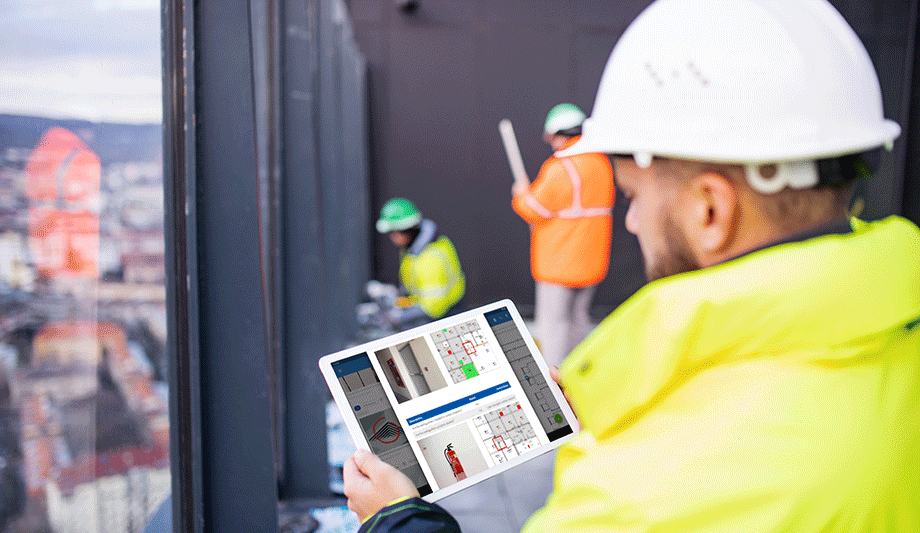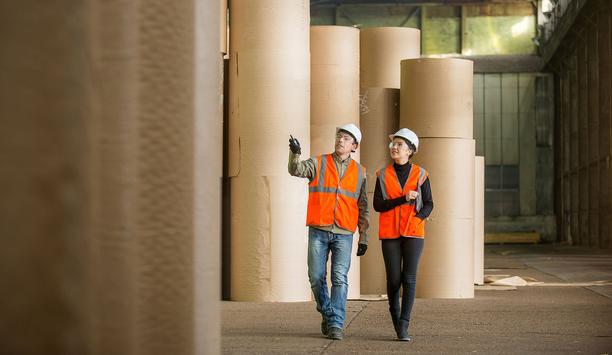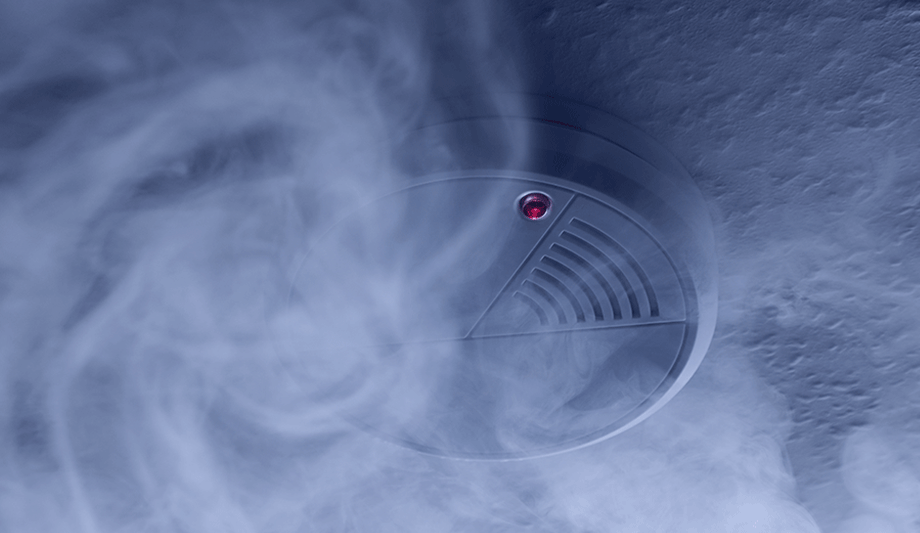The full range of glazing systems includes a glazing channel or strip, beading, and in some cases an intumescent liner.
Whichever type you choose, they all play a crucial role in passive fire protection, contributing to the overall fire safety of a building.
Fire-rated internal walls
Glazing panels or complete glazed screens are often required in buildings to allow vision and natural light through fire-rated internal walls and doors.
In door assemblies, especially on circulation routes, glazed apertures allow people to see others approaching from the opposite direction; they also allow fire and smoke to be seen without opening the door, thereby making a contribution to safety.
Why do you need intumescent glazing seals?
Lorient solution is to fit fire-resistant glass secured using one of the fire-resistant glazing systems
Gaps, joints, and interfaces between dissimilar materials invariably form points of weakness; and in the event of a fire-where the timber & glass meet, fire can take hold. Also, without support, the glass can quickly slump & fail in the extreme heat of a fire.
The Lorient solution is to fit fire-resistant glass secured using one of the fire-resistant glazing systems. These hold the glass firmly in place during normal use, but in the event of fire, the intumescent material expands, securing and insulating the glass and protecting the surrounding timber. It also stops heat transferring to the timber, so fire cannot take hold around the edges of the glazing aperture. The glazing systems are designed to minimize smoke transfer yet fit tightly on the perimeter of the glass and eliminate undesirable rattle at the same time.
The Lorient Range Of Glazing Systems
The full range of systems includes glazing channels or strips, beading, and in some cases an intumescent liner. Whichever type they choose, they all play a crucial role in passive fire protection, contributing to the overall fire safety of a building.
All Lorient glazing systems hold Certifire approval.



